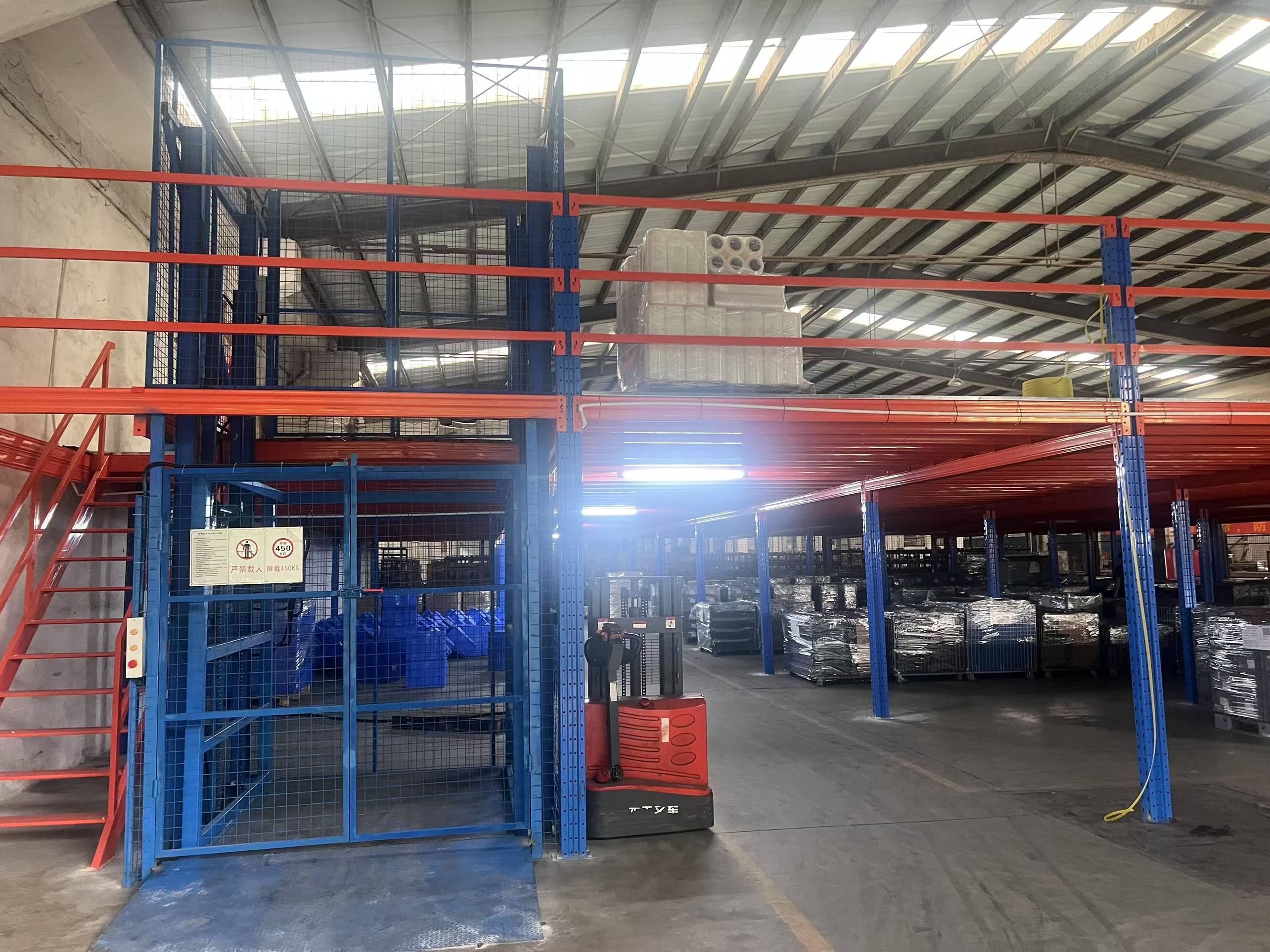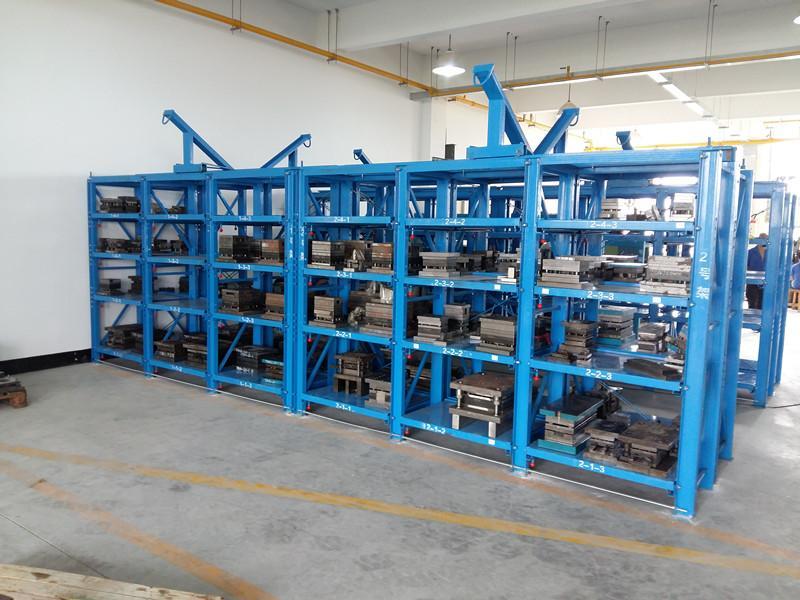Every square foot of your warehouse costs money. Inefficient storage isn't just an inconvenience; it's a direct drain on your bottom line. The backbone of any well-organized, high-performing storage operation is robust warehouse industrial shelving. But with a myriad of options available, selecting the right system can feel overwhelming. This guide breaks down the five most critical factors to consider, helping you make an informed decision that boosts your productivity and maximizes your ROI.

Before you even look at product catalogs, the first step is to conduct an internal audit. The best industrial shelving system is the one that perfectly fits your unique operation. Ask yourself these questions:
What are you storing? Document the dimensions, weight, and fragility of your typical inventory items. Are they small parts in bins, long pipes, or heavy machinery?
What is your inventory turnover rate? Do you need fast, easy access for high-turnover items (pick modules), or dense, long-term storage for slower-moving goods (pallet racking)?
How is your workflow organized? Consider the paths your workers and machinery take. Your shelving layout should facilitate, not hinder, this flow.
What are your future plans? Are you expecting business growth? Your storage system should be scalable to accommodate future expansion without a complete overhaul.
Taking the time to answer these questions will provide a clear framework for your selection process, ensuring your new warehouse shelving is a strategic asset, not just a purchase.
This is the non-negotiable starting point. Warehouse industrial shelving must be able to safely support your intended load, not just initially, but over years of use. Load capacity is typically broken down into two types:
Uniformly Distributed Load (UDL): The maximum safe weight that can be evenly distributed across an entire shelf.
Concentrated Load (CL): The maximum safe weight placed on a single point on the shelf.
Always choose a system with a load capacity that exceeds your heaviest expected load. Factor in not just the weight of the stored items, but also the weight of the shelving units themselves and any handling equipment that might come into contact with them. Reputable manufacturers, like Guangshun, provide clear and certified load capacity ratings for all their industrial storage solutions, ensuring safety and compliance.
The material of your warehouse shelving directly impacts its longevity, strength, and suitability for your environment.
Steel Shelving: This is the industry standard for a reason. It offers an exceptional strength-to-weight ratio and is highly durable. Look for shelves made from cold-rolled steel, which is stronger than hot-rolled. The quality of the finish is also crucial. A high-quality powder-coated finish, such as those found on Guangshun shelving, resists corrosion, scratches, and chipping, making it ideal for demanding warehouse and industrial shelving environments.
Wire Shelving: While less common for heavy-duty pallet storage, wire shelving is excellent for applications requiring visibility and ventilation. It's often used in cleanrooms, food processing areas, or for storing items that need airflow.
Not all storage needs are the same. The configuration of your warehouse industrial shelving should be dictated by how you need to access your goods.
Selective Pallet Racking: The most common type of industrial shelving for palletized goods. It allows direct access to every pallet, making it ideal for high-SKU operations with a wide variety of products.
Cantilever Racking: Perfect for storing long, bulky items like timber, pipes, or furniture. The arms can be adjusted to accommodate different lengths.
Shelving Units with Bins and Drawers: Essential for small parts storage. These systems bring organization to nuts, bolts, and electronic components, drastically reducing picking times.
Mezzanine Floors: For operations desperate for space, a mezzanine floor creates a second level within your warehouse, effectively doubling your storage footprint without expanding the building's footprint.

A static storage system in a dynamic business environment is a liability. The ability to reconfigure your warehouse shelving as your inventory and needs change is a massive advantage. Look for systems with easily adjustable shelves. Beam-based pallet racking and shelving units with clip-in or bolt-free shelf supports allow for quick and tool-less adjustments. This flexibility means you can adapt to seasonal inventory fluctuations or new product lines without buying entirely new equipment. Guangshun designs its industrial shelving systems with modularity in mind, allowing for easy reconfiguration and expansion.
It's tempting to choose the option with the lowest upfront cost. However, the true cost of warehouse industrial shelving is measured over its entire lifespan. A cheaper, poorly made system may require frequent repairs, have a shorter lifespan, and pose safety risks, all of which cost you money.
Consider the Total Cost of Ownership:
Initial Purchase Price: The cost of the shelving units themselves.
Installation Costs: Professional installation ensures safety and optimal setup.
Maintenance and Repair Costs: High-quality systems require less maintenance.
Operational Efficiency Gains/Losses: A well-designed system saves labor time and reduces errors, paying for itself over time.
Longevity: A system that lasts 20 years is far more cost-effective than one that needs replacing in 5.
Investing in a quality system from a trusted supplier like Guangshun often results in a lower TCO, providing better value and a stronger return on investment for your industrial storage needs.
Selecting the right warehouse industrial shelving is a strategic decision that impacts every aspect of your logistics operation. By carefully evaluating your needs against these five factors—Load Capacity, Material, Configuration, Flexibility, and Total Cost of Ownership—you can implement a storage solution that is not only strong and durable but also intelligent and adaptable. The right shelving will streamline your workflow, improve safety, and ultimately, contribute significantly to your company's profitability.
Q1: What is the typical weight capacity for warehouse industrial shelving?
A1: Weight capacity varies dramatically depending on the type of shelving. Light-duty shelving may hold 500 lbs per shelf, while heavy-duty industrial pallet racking can support over 10,000 lbs per level. It's crucial to check the manufacturer's specific UDL (Uniformly Distributed Load) and CL (Concentrated Load) ratings for the model you are considering to ensure it meets your requirements.
Q2: Can I assemble and install industrial shelving myself, or do I need a professional?
A2: While smaller, boltless shelving units can often be assembled by a competent in-house team, larger systems like pallet racking should always be installed by certified professionals. Proper installation is critical for structural integrity and safety. Incorrectly installed warehouse shelving poses a significant risk of collapse. Most reputable suppliers, including Guangshun, can recommend or provide professional installation services.
Q3: How can I maximize space utilization with my current warehouse shelving?
A3: Start by conducting an inventory analysis to ensure fast-moving items are in the most accessible locations. Consider vertical space—are you using the full clear height of your warehouse? You can often add higher uprights or an extra shelf level. Implementing bin systems within your existing shelving can also create more organized and dense storage for smaller items.
Q4: What is the lead time for a large order of custom warehouse shelving?
A4: Lead times can vary based on the scale of the order, the level of customization, and the manufacturer's production schedule. For a standard large order, you might expect 2 to 6 weeks. It's always best to discuss your timeline directly with your supplier. Guangshun, for instance, works closely with clients to provide accurate lead times and can often accommodate urgent project requirements.
Q5: What maintenance is required for steel industrial shelving?
A5: Steel warehouse industrial shelving is relatively low-maintenance. Regular visual inspections for any signs of damage, rust, or bent components are essential. Keep the shelves clean and free of debris. Immediately replace any damaged beams or uprights. Avoid overloading shelves beyond their rated capacity, as this is the most common cause of damage and failure.
 Wechat
Wechat
 Whatsapp
Whatsapp